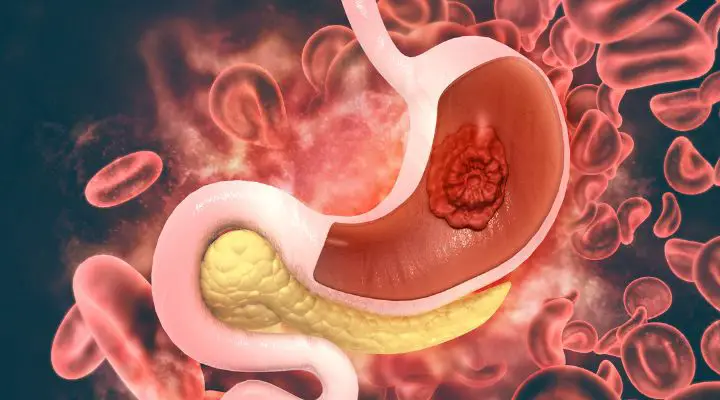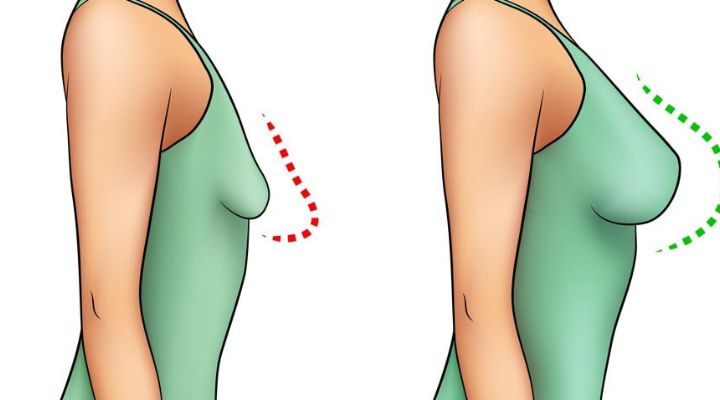In a world filled with various beverages, there exists one that stands out not for its taste or popularity, but for its deadly consequences. This drink, often dubbed as the deadliest in the world, can end your life in less than 45 minutes if consumed. Let’s delve into the dark reality of this lethal elixir and uncover the truths behind its notoriety.
What is the Deadliest Drink in the World?
Definition and Origin
The deadliest drink in the world refers to a concoction with a potent combination of toxic ingredients, carefully brewed to induce rapid and severe poisoning. Its origin can be traced back centuries, where it was used for various purposes including rituals and as a means of inflicting harm.
Composition and Effects
This lethal elixir typically contains a mix of substances such as methanol, ethanol, and other harmful chemicals. Upon ingestion, it attacks the central nervous system, leading to symptoms ranging from nausea and dizziness to respiratory failure and death within minutes.
Cultural and Social Implications
Traditional Uses and Rituals
In some cultures, the deadliest drink holds cultural significance, often used in religious ceremonies or as a symbol of strength and bravery. However, its misuse has led to devastating consequences within communities.
Impact on Communities and Societies
The widespread availability and consumption of this drink have contributed to social problems such as addiction, crime, and public health crises in many regions around the world.
Famous Cases and Incidents
Notable Incidents Involving the Deadliest Drink
Throughout history, there have been infamous cases of mass poisonings and deaths caused by this lethal elixir. One such incident occurred in [insert location and date], where [brief description of the incident].
Media Coverage and Public Awareness
These incidents often garner significant media attention, raising awareness about the dangers of consuming the deadliest drink and prompting calls for stricter regulations.
Legal Status and Regulations
Laws Surrounding Production and Consumption
Many countries have implemented laws and regulations to control the production, sale, and consumption of the deadliest drink. However, enforcement varies, leading to loopholes and illicit production.
Efforts to Control its Availability
Government agencies and organizations work tirelessly to combat the production and distribution of this deadly substance through public education campaigns and law enforcement efforts.
Prevention and Safety Measures
Ways to Avoid Consumption
The best way to avoid the dangers of the deadliest drink is to refrain from consuming any homemade or illicit alcohol and to be cautious when purchasing alcohol from unknown sources.
First Aid and Treatment
In the event of accidental ingestion, prompt medical attention is crucial. First aid measures include inducing vomiting and seeking immediate medical assistance for supportive care and treatment.
Awareness and Education Campaigns
Initiatives to Raise Awareness
Various organizations and NGOs conduct awareness campaigns to educate communities about the risks associated with the deadliest drink and promote responsible drinking habits.
Educational Programs
Schools and healthcare facilities often implement educational programs targeting at-risk populations to prevent alcohol-related incidents and promote health and safety.
Myths and Misconceptions
Common Myths
There are many myths surrounding the deadliest drink, including beliefs that it can cure ailments or enhance performance. However, these are often unfounded and dangerous misconceptions.
Debunking False Beliefs
Through education and awareness efforts, it’s essential to debunk these myths and provide accurate information about the dangers of consuming toxic substances.
Comparisons with Other Dangerous Substances
Contrasting with Other Lethal Substances
While the deadliest drink is exceptionally dangerous, it’s important to recognize that other substances such as opioids and certain chemicals also pose significant risks to public health.
Statistical Comparisons
Statistics show that deaths related to the deadliest drink are on the rise, highlighting the urgent need for action to address this growing problem.
Personal Stories and Testimonies
Accounts from Survivors
Survivors of poisoning incidents share harrowing tales of their experiences, emphasizing the severity of the consequences and the importance of prevention.
Emotional Impact
The emotional toll on families and communities affected by the deadliest drink cannot be overstated, with many lives forever changed by its devastating effects.
The Future of the Deadliest Drink
Trends in Consumption and Production
Despite efforts to curb its use, the deadliest drink continues to pose a significant threat to public health, with trends indicating a rise in consumption in certain regions.
Predictions for Future Risks
Experts warn that without sustained intervention and awareness efforts, the problem of the deadliest drink will only worsen, leading to more deaths and societal problems.
Global Perspectives
Regional Variations
The prevalence and awareness of the deadliest drink vary greatly from region to region, with some areas facing greater challenges due to cultural norms and lack of resources.
International Efforts
On a global scale, there are collaborative efforts to address the issue through policy development, research, and public health initiatives aimed at reducing the harm caused by this lethal elixir.
Healthcare and Medical Response
Role of Healthcare Professionals
Healthcare professionals play a crucial role in recognizing and treating cases of poisoning caused by the deadliest drink, emphasizing the importance of early intervention and supportive care.
Treatment and Rehabilitation
Treatment options for those affected by the deadliest drink include supportive care, detoxification, and rehabilitation programs to address both physical and psychological effects.
Conclusion
In conclusion, the deadliest drink in the world poses a significant threat to public health and safety, with its toxic effects capable of ending lives within minutes. It’s imperative that individuals, communities, and governments work together to raise awareness, enforce regulations, and provide support for those affected by this deadly substance.













